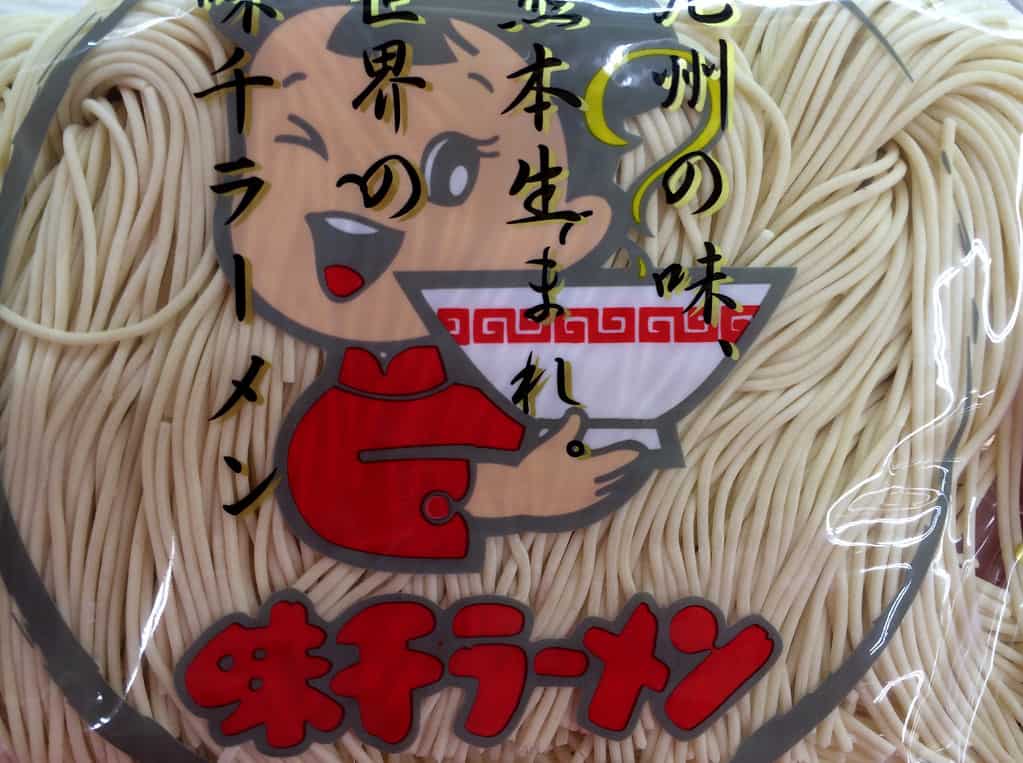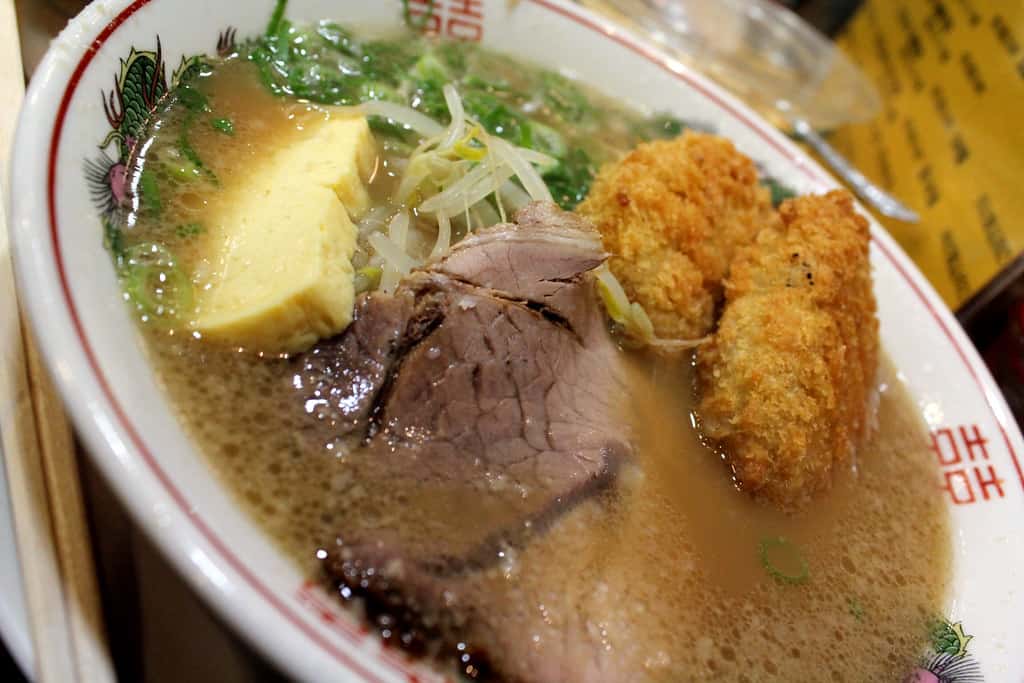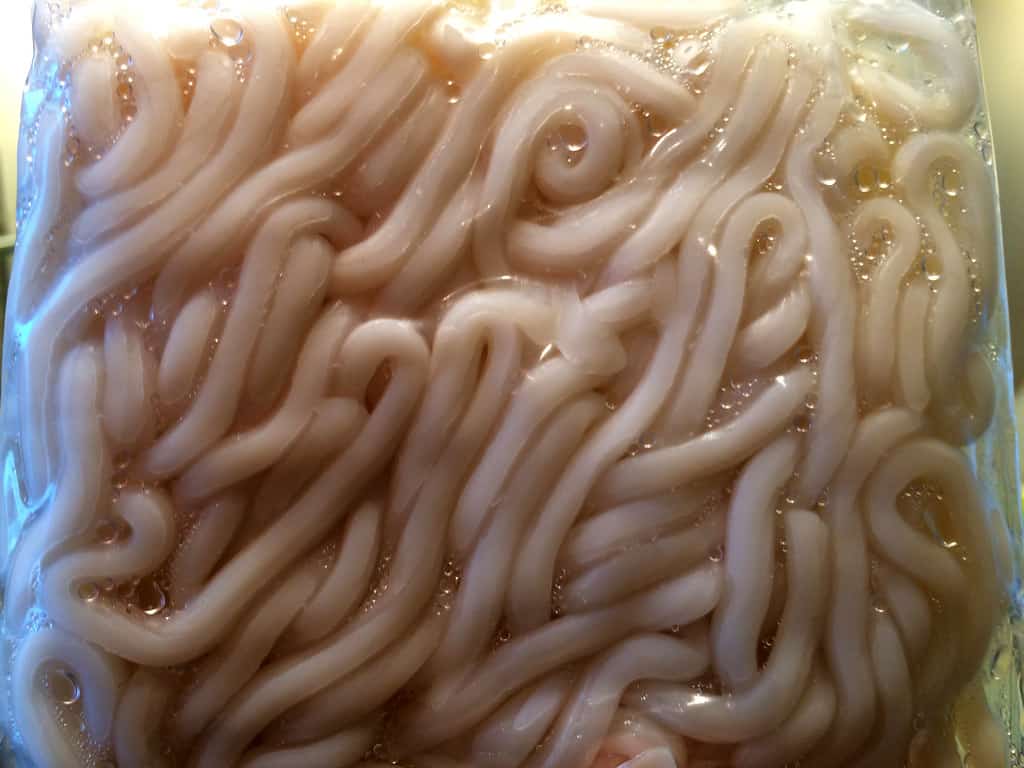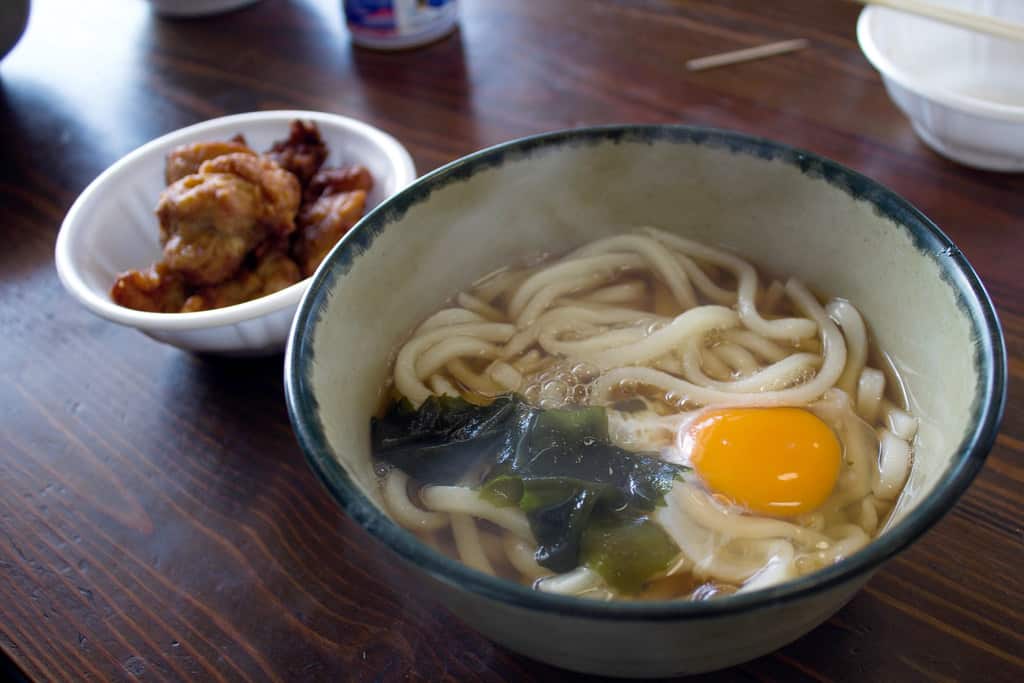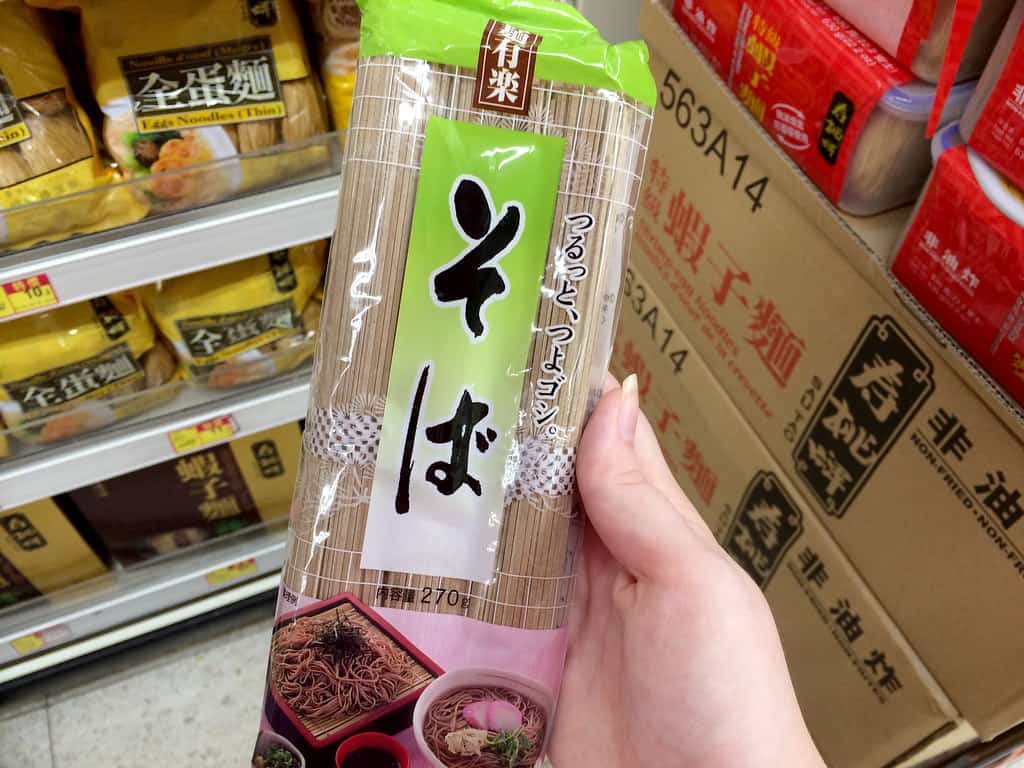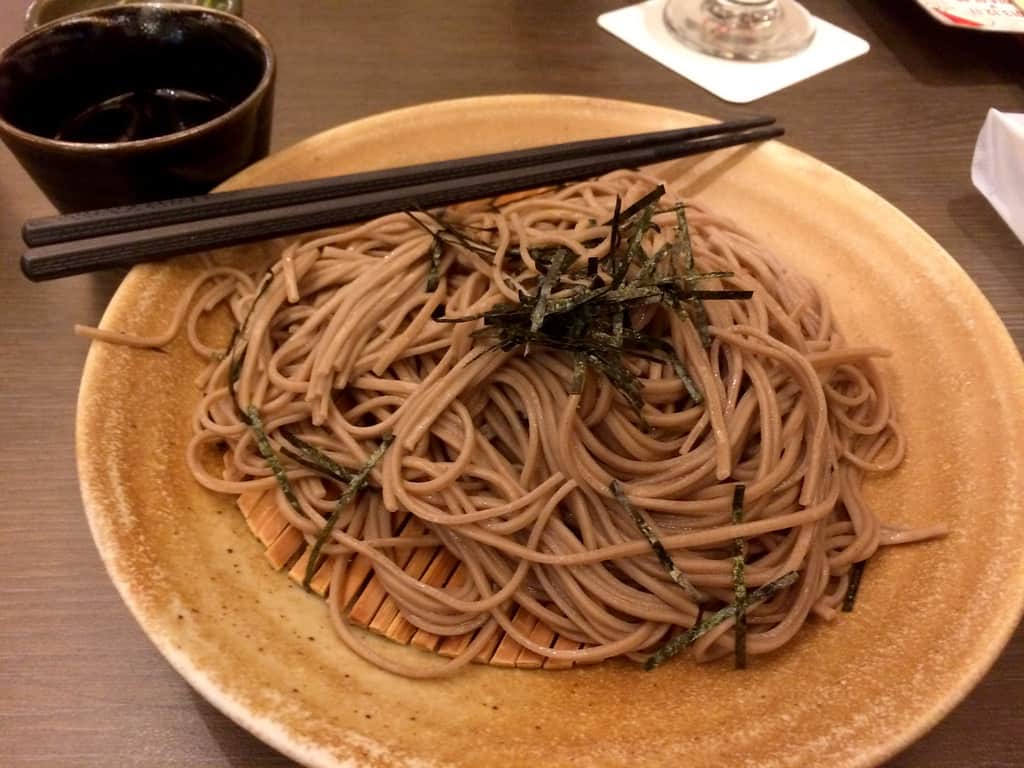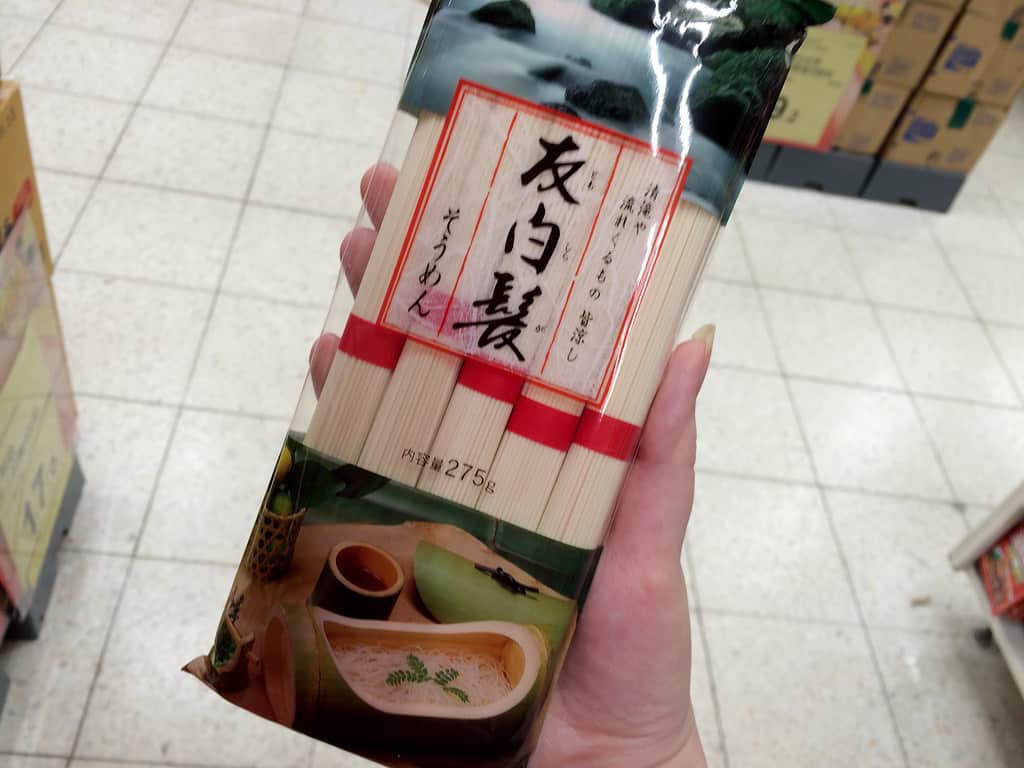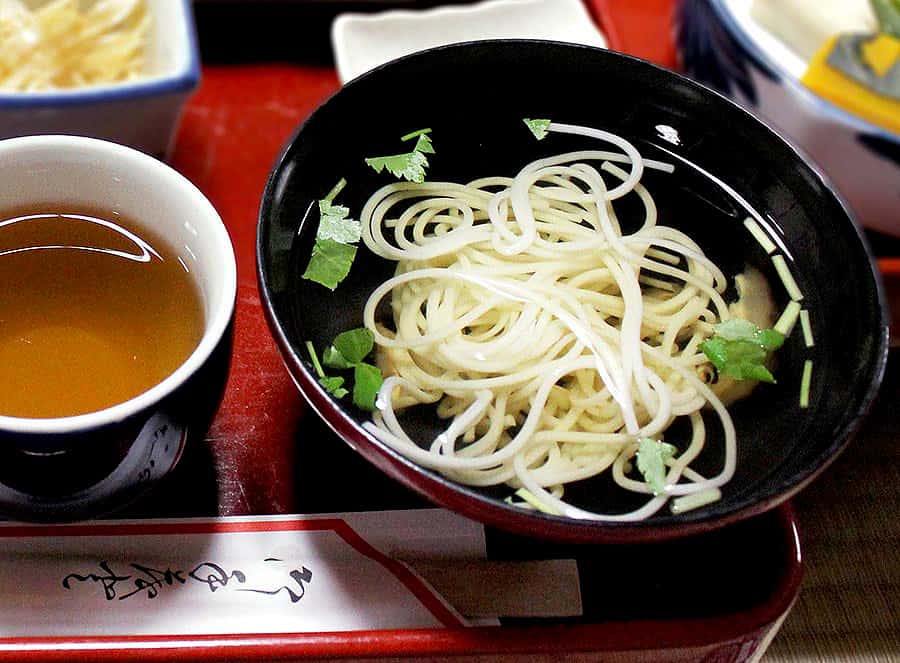It occurred to me a few weeks ago, when eating with some friends, that most foreigners don’t even realize that there are different types of noodles in Asian cuisine.
While I could probably write a novel of the different types of noodles spanning all Asian food, I decided instead to narrow it down and talk about the most common types of noodles in Japanese cuisine.
A Guide to Japanese Noodles
What comes to mind when you hear “Japanese noodles”? For more people, it’s usually the cheap instant noodles that come in Styrofoam cups. However, when visiting Japan, you’ll find that this is rarely a meal option– unless you’re looking for a snack in a convenience store.
There are four main categories of Japanese noodles and each category is unique in its terms of appearance, texture and preparation. Furthermore, within each class of noodles, there are variations that have been introduced by individual businesses or local regions.
Ramen (ラメン)
Although instant noodles are usually classed into this category, make no mistake; there is a lot more depth to ramen than meets the eye. Made from wheat flour, these yellow noodles, despite originating in China, have taken hold and are now ubiquitous all over Japan.
One of the most important aspects of ramen is the soup. Most ramen dishes are made using a shio (salted) soup base, but there are also soup bases such as tonkotsu (pork bones), shoyu (soy sauce) and miso (fermented soybeans). While the actual soup recipes are often kept as guarded secrets, most are openly seasoned with black pepper, butter, chili pepper and sesame seeds.
After the basic preparation of the noodles and soup, various toppings are then added to enhance the flavors. Popular toppings include braised pork slices, onions, leeks, eggs, bean sprouts, fish cakes and seaweed. An example of a local variety is Sapporo Ramen, which originates from the large city located in Hokkaido. Aside from the normal ramen ingredients, it also contains corn and butter, allowing for a rich taste that is not experienced elsewhere.
When visiting most ramen shops, you are in control of how you want your ramen. You can choose the amount of toppings, intensity of the soup base and perhaps most importantly, you are able to pick your noodle consistency in order make your dining experience unique and wonderful.
Udon (うどん)
If ramen is the king of Japanese noodles, then udon would be its queen. This snowy white noodle is made from flour, and is often served in a soup. Being much thicker than ramen, it is often more chewy – a delight to those who like their food with some texture.
There are many different types of udon noodles, with varying degrees of texture and appearance. One of the more unique types is called “mimi udon”. With “mimi” being the Japanese word for “ear”, the udon is very soft and folded into the shape of an ear. For those less adventurous, try the “sanuki udon”, popular due to its stiffer texture.
The soup base for udon is pretty similar to ramen in terms of ingredients, however it is lighter in terms of flavor and color. While the main ingredient is soy sauce, you may notice that the darkness of the soup changes depending on what part of Japan you are in. The Eastern part of Japan uses a much darker soy sauce than the West.
Udon can be very plain, having only scallions as toppings, or it can be just as elaborate as ramen. The most popular topping for udon is the kamaboko, a small piece of fish cake, but other popular choices include tempura, meats, deep-fried tofu and raw eggs.
Soba (そば)
Believe it or not, while you can find them hot, soba noodles are traditionally served cold! Soba is actually the Japanese word for “buckwheat”, knowing that, I’m sure you can guess what these noodles are made from! Yes, these thin, flat noodles are made from buckwheat, which also explains the light, earthy-brown color that is present in soba noodles.
Soba noodles are most commonly included in meals as a side dish, but you can of course order a meal-sized portion. While they can be served hot or cold, most Japanese will tell you that the best way to experience the unique texture of hand-made soba is by eating them cold.
Cold soba noodles are served chilled and usually dipped in a sauce called tsuyu. This sauce is made from sweetened soy sauce and rice vinegar. Often upon finishing the noodles, most people will actually drink the leftover tsuyu sauce. Cold soba is actually popular year round.
When ordering hot soba, the soup based is made from a thinner version of the tsuyu dipping sauce. Some places will offer various toppings, similar to that of udon, to enjoy in your soup, although this isn’t always customary.
Somen (素麺)
Unlike the other noodles above, somen noodles are made from wheat flour. These finely cut noodles have the thinnest diameter of any Japanese noodle and are white in color.
Similar to soba, these noodles are usually served cold with a very light, fish-based, dipping sauce. You will often find that somen is actually served on chunks of ice, because it is a summer specialty meant to cool you down.
One of the most popular ways to eat somen, is to order it as nagashi-somen, literally meaning “flowing somen”. The noodles are placed in a long bamboo flume that is often the length of the restaurant. The noodles are then carried down the flume by ice-cold water. Although it takes some practice to quickly pick up the floating somen as it passes by, it’s a fun dining experience.
More recently, some places have begun doing this tradition in actual streams, thus allowing diners to eat in beautiful outdoor garden settings. If you find all of that a bit too strange, you can always ask for it to simply be served in a bamboo tray called a zaru. This makes the presentation of soba as good as its taste!
So the next time you eat Japanese food, try a few different noodle dishes and see if you can see and taste the differences!
What is YOUR favorite type of Japanese noodle?
> Some other articles about Japan that may interest you:
- Chabudai Table – The traditional Japanese low table
- How to Use Chopsticks Like a Japanese?
- Recipe of the month: Japanese Okonomiyaki

